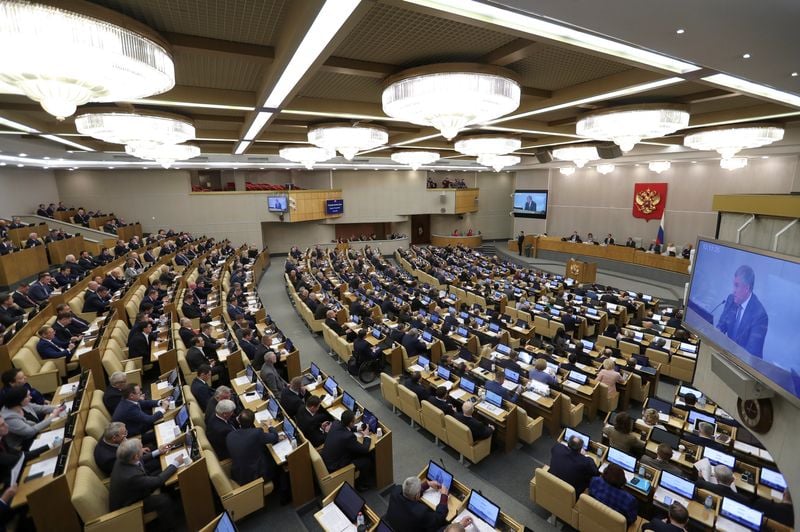MOSCOW (Reuters) - Russian lawmakers have submitted a draft bill to the State Duma that would rewrite a chapter of history by nullifying the Soviet decision in 1954 to transfer Crimea from Russia to Ukraine.
The move appears aimed at establishing a legal basis for Russia to argue that Crimea, the Black Sea peninsula which it claims to have annexed from Ukraine in 2014, was never really part of Ukraine to begin with.
The draft, submitted by a lawmaker from each of Russia’s two houses of parliament, describes the 1954 handover as arbitrary and illegal because no referendum was held and Soviet authorities had no right to transfer territory from one constituent republic to another without consent.



This whole things seems fascinating
If you don’t mind, could someone take only thirty seconds, or one minute, to give me a little historical background?
I don’t know enough about this specific topic to give you more info than Wikipedia could, but:
Thank you.